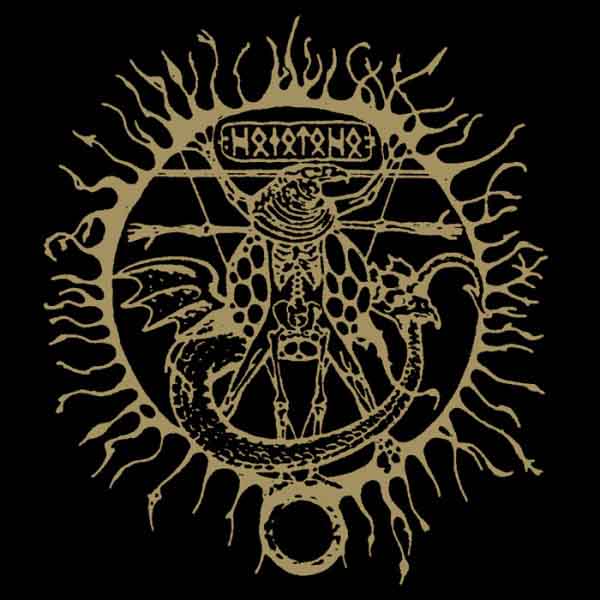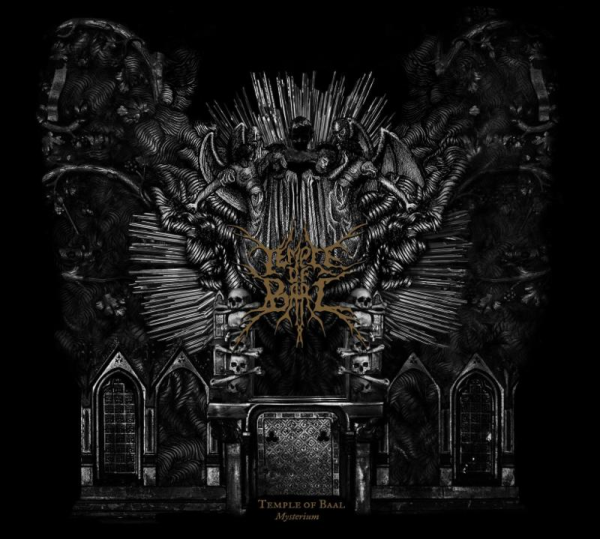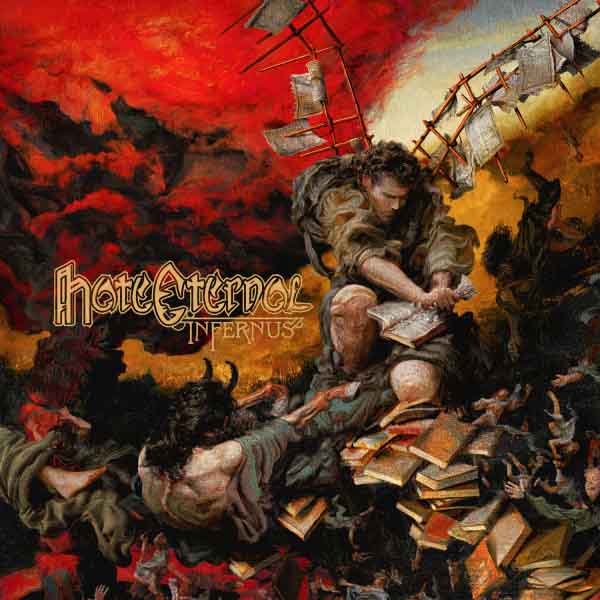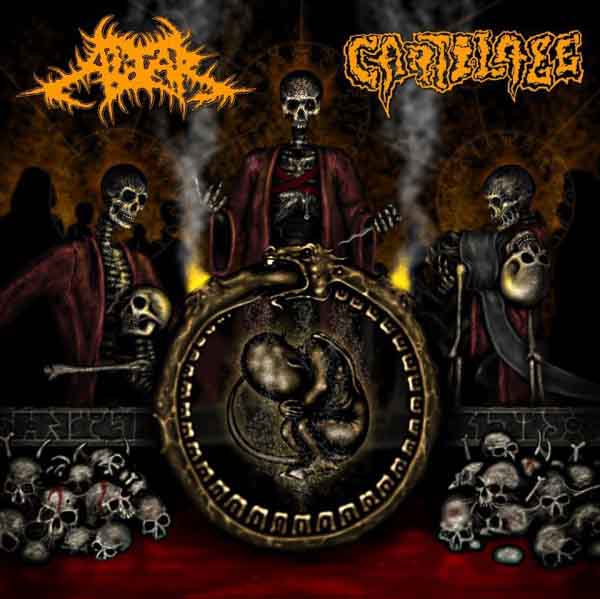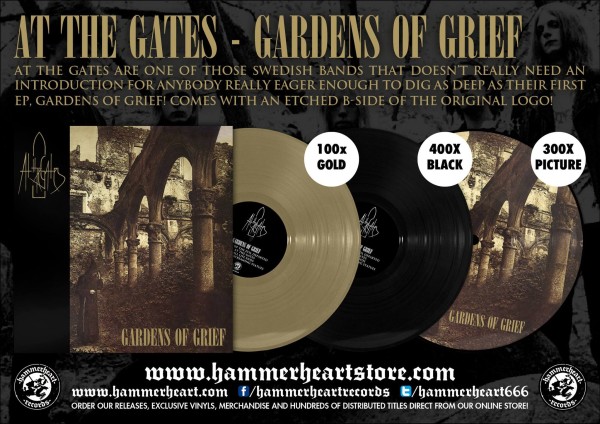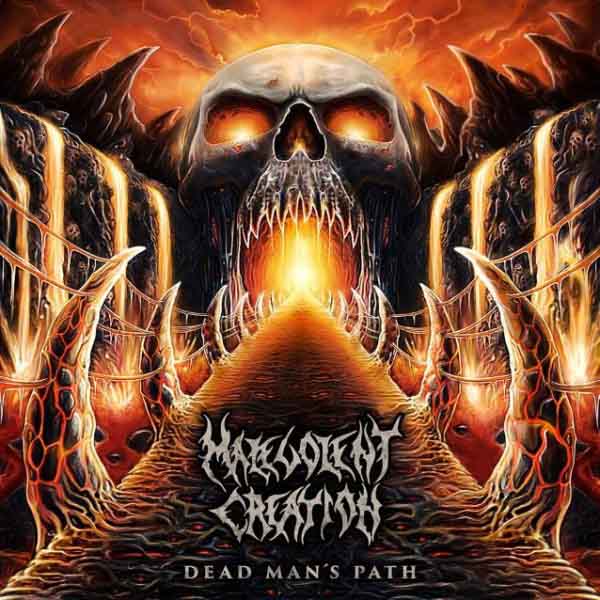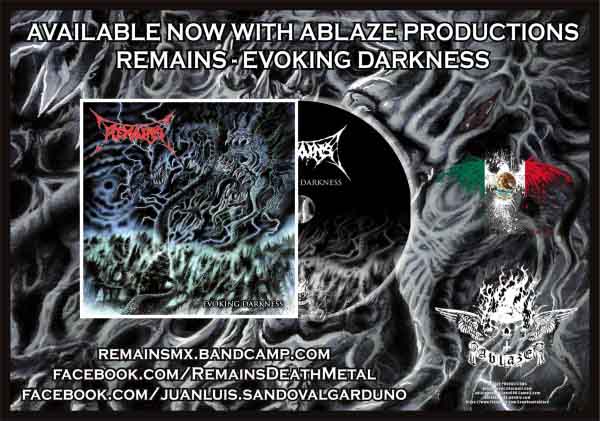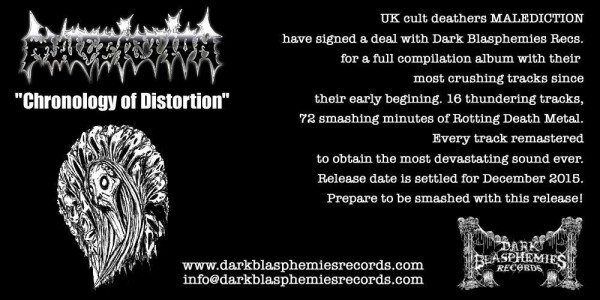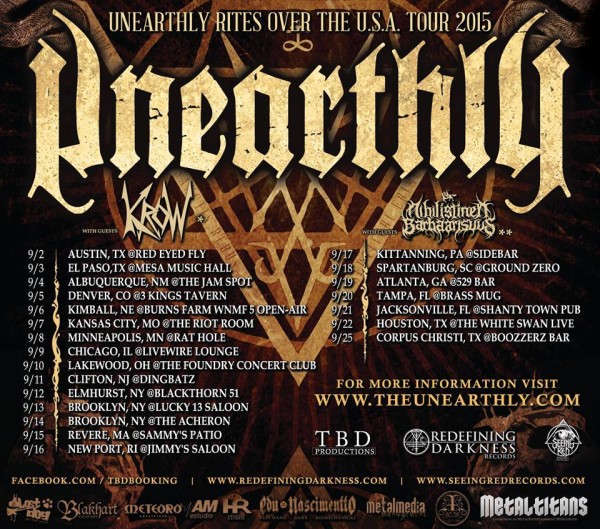Review written by Daniel Maarat for DMU
The complete career recordings of unsung underground legends Order from Chaos have been definitely reissued by Nuclear War Now! Productions in five CD and nine and 12 LP boxed sets. These afford listeners the chance to experience the clear progression and compositional refinement from the band’s primitive Hellhammer, Sodom, and first wave beginnings. The LP editions have the usual analog distortion of vinyl and the peculiarities of GZ’s direct metal mastering. Fortunately, the CDs are well mastered with identical sound to the original pressings though the vinyl editions have the bonus of a 124-page hardbound book with lyrics, personal photos, and a biography of the band.
Stillbirth Machine opens with an excerpt from Ligeti’s “Requiem”and immediately proceeds into angular riffed, Teutonic deaththrash. Only intros and outros distract from the aural assault. The guitar tone resembles Swedish death metal with the fully dimed Boss Heavy Metal pedals but the production was marred by the inconsistent levels of a drunk seventies rock producer manning the knobs in an aging studio. The follow up Plateau of Invincibility EP is similar in material but self-recorded onto eight-track tape. This more amateur but consistent (e.g. no noise burst solos) production would continue for the rest of Order from Chaos’s career.
Dawn Bringer continued the compositional elaboration. The songs were more experimental and the melody that characterizes guitarist Chuck Keller’s and drummer Mike Miller’s future band, Ares Kingdom, appears on a twisted cover of Voivod’s “War and Pain.” The martial marching beats of the hybrid war metal sub-genre of first wave black metal and the three chord, hardcore punk side of grindcore was birthed too. Ending everything is the start of the intentional raw noise for which that bastard sub-genre is known as Keller pries off his guitar strings and pickups at full volume to end the album on “Webs of Perdition.”
An Ending in Fire shows the perfectionism that differentiated Order from Chaos from most of their contemporaries in the death and black metal scenes to even the most passive listeners. Earlier riffs and songs were rearranged with completely new material into three epic compositions. The songwriting focused on clever compositional coherency and melodic congruity rather than the random masturbation and showmanship of technical death metal. “Conqueror of Fear” twisted many of the band’s similar, Teutonic works into a flowing five-track declaration of bassist Pete Helmkamp’s existential, social Darwinist philosophy later laid out in his controversial Conqueror Manifesto. “There Lies Your Lord! Father of Victories!” was wholly original to the album and among Keller’s best guitar work. “Somnium Helios” updated the punky “Nucleosynthesis” from the Will to Power EP as the beginning of a requiem for the Earth’s future solar immolation. Order from Chaos broke up after An Ending in Fire’s recording, considering the album as fulfilling the band’s musical vision. The session outtakes were released as the And I Saw Eternity EP included in the set. This is true progressive heavy metal. Speaking more of musical specifics and the evolution of individual riffs and songs is best left for future articles as that would spoil listeners’ enjoyment.
Frozen in Steel is a fantastic value for fans. Purchasing just Order from Chaos’s three albums alone would cost well over a hundred dollars on the secondary market. Nuclear War Now! Productions should be commended for offering all the band’s studio material along with the extra rehearsals and live shows starting at just forty. This is the most significant and well put together anthology of an extreme metal band’s collected works since Demilich’s 20th Adversary of Emptiness.
8 CommentsTags: Black Metal, death metal, frozen in steel, order from chaos, reissue, review, Speed Metal
